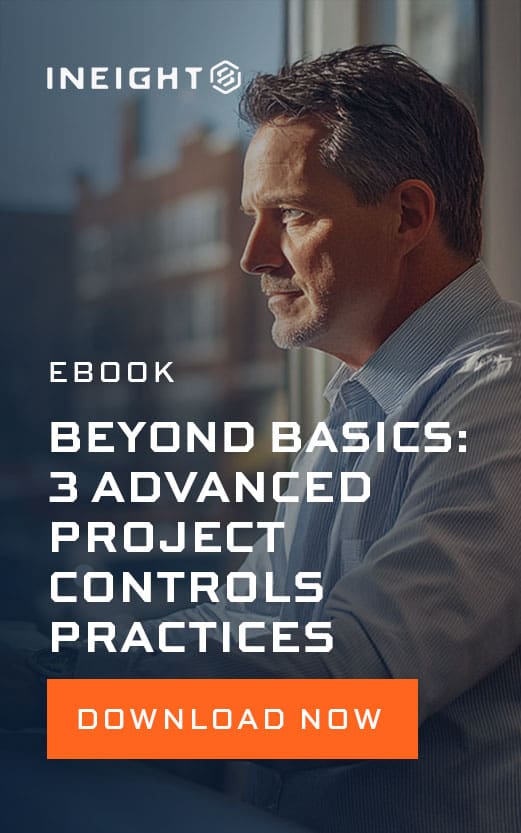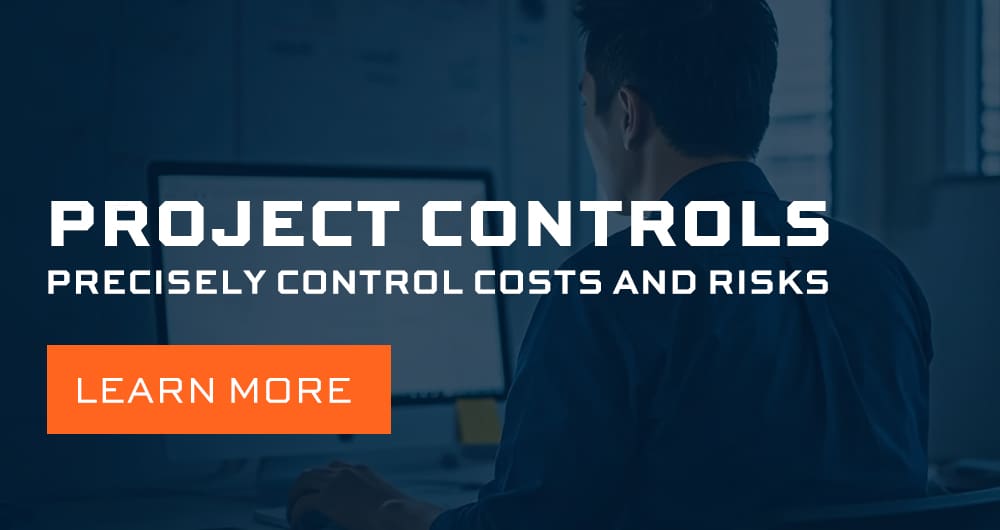Today’s capital construction projects are more complex than ever before.
This means that truly effective project risk management must now involve more than simply generating a matrix for a bid. Gathering and effectively disseminating the data to prepare for critical conversations and the kind of active engagement that you really need requires honest, continuous risk assessment across the entire project life cycle.
Traditionally, however, this has been difficult to achieve in no small part because the subject of risk itself is often an uncomfortable one for anyone up or down the project hierarchy. It can be tempting to simply accept things as they have always been. But before you don yet another pair of rose-colored glasses and call it a day, you should know that there is another way.
With the help of today’s best collaborative risk management software, you now have an opportunity to incorporate real risk assessments from the beginning and in an ongoing manner, easily manage risk from bid, to execution and mitigation right through to retirement. Let’s have a look at the process involved and how we can make it better.
The Anatomy of a Contract Process
In its most basic form, a contract is an agreement about which party will be responsible for a deliverable, and who will then own that particular amount of risk. Contract models today, however, look much different than in the past due to the effort of shifting risk responsibilities from one’s own plate to the other side of the table. It may be assumed then, that once each party is comfortable with bearing their share of the risk, the decision to execute an agreement takes place.
While project teams normally do a decent job of generating a pre-bid risk matrix, the critical element of active risk management can often become a mere afterthought, or in some cases, skipped entirely, creating an environment for some very uncomfortable situations down the project road. Traditionally, the risk register produced will most likely assign some values to each risk’s chance of occurring, its potential impacts, and probable solutions in the form of a mitigation strategy. The expectation is that a manager will oversee the maintenance of the risk list and will react and adjust according to the schedule and cost updates. But too often this process is overlooked or conducted in its own silo, waiting to be called upon only when convenient.
Filling Risk Knowledge Gaps
The gap between a disconnected risk register and the schedule is usually filled by experienced team members accounting for risk manually or applying their “gut feel” against contingency items. As seasoned as your project team may be, there will be areas missing coverage on risk exposure, resulting in unnecessary risk consumption. Even in the event that a team wishes to conduct a risk assessment, many tech tools are intimidating and exude the need for a professional risk expert to facilitate a formal workshop, resulting in any kind of ideal iterative analytical approach to fall between the cracks.
Fortunately, the approach taken by today’s most advanced and effective risk modeling is to develop a “most likely” scenario by applying a project’s centralized risk register to the schedule and baking risk into the plan rather than simply appending to contingency items. The ease of use of today’s advanced risk management tech can promote a collaborative and connected environment to provide sound inputs to assessing risks. A digital invitation to provide expert feedback also generates a consensus pool allowing all members of the team a voice in the process.
Finding Your Best Solution
By concentrating your energy on assigning risks to the schedule, your best risk management tech will help you deal with the complexity of something like the Critical Path Method and also perform a lot of heavy lifting by adjusting outcomes based on actual assignments. In addition, the marriage between risk and the schedule can now carry over into a team’s baseline development and subsequent schedule updates, allowing you to map your project risks in the beginning and run iterations over time.
The benefits of such a linked risk register to a schedule and/or cost structure follow the same principles of connected data, a single source of project truth for the management of project risks. Changes made in the register — value changes, mitigation plans, and status — adjust the assignments in real time and set the stage for the next round of analyses. This then ensures that teams are reporting on the most accurate information. With this collaborative process, the inclusion of risk assessment into each monthly schedule update becomes easier and easier to include into every project moving forward.
Scheduling for the Future
At its core, a project schedule is a master communication tool. Exercising your opportunity to communicate a risk-adjusted forecast within that schedule that can identify not only what your project’s risk exposure is, but why it’s exposed, is a game changer. Conducting honest and critical conversations around how risks affect a plan or how best to spend money to mitigate risks, often result in teams being more prepared to tackle and plan for tough decisions. And once complete, your as-built risk registers and associated mitigation strategies can be added to your knowledge library, allowing you to call upon your past experiences for executing future projects with greater success.
By leveraging today’s best tech, you can throw away the rose-colored glasses for good as you effectively address common pain points from your project life cycle, saving you time, money and frustration for greater project success, more often.





